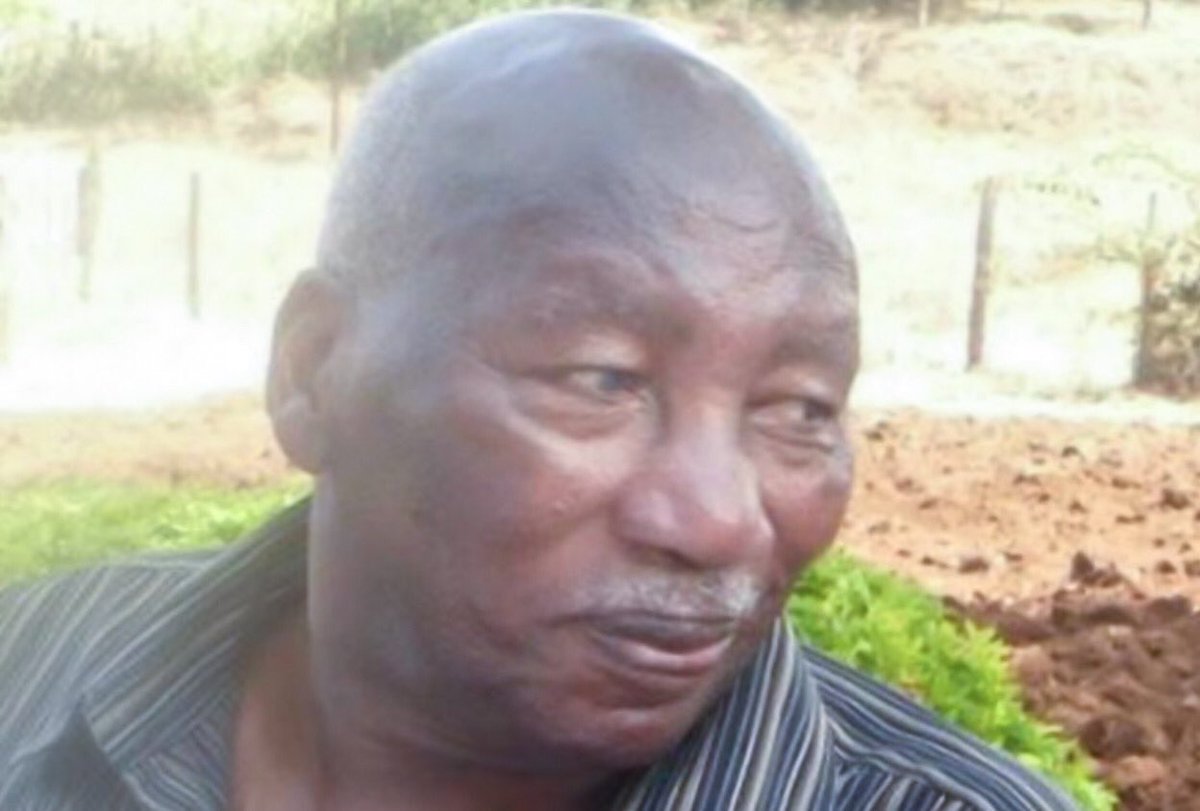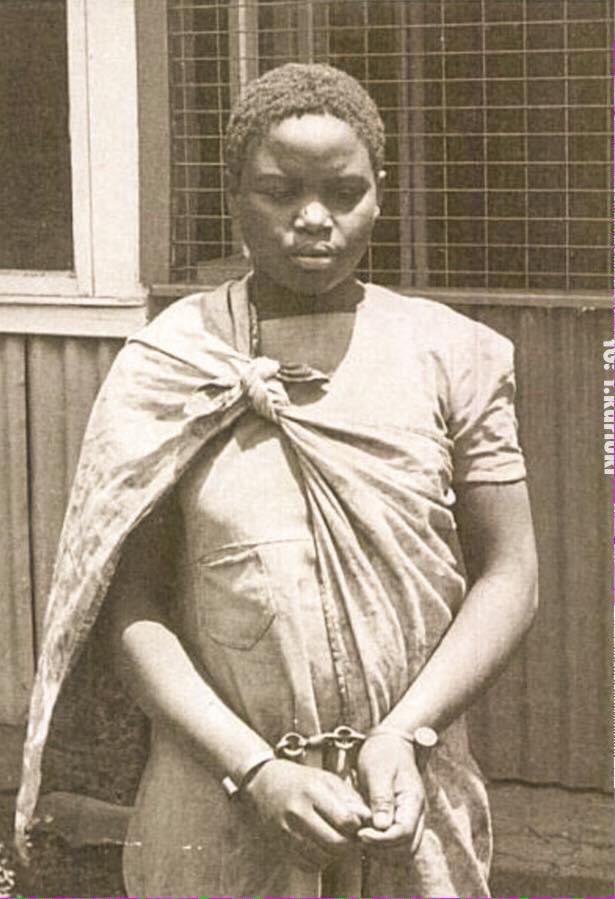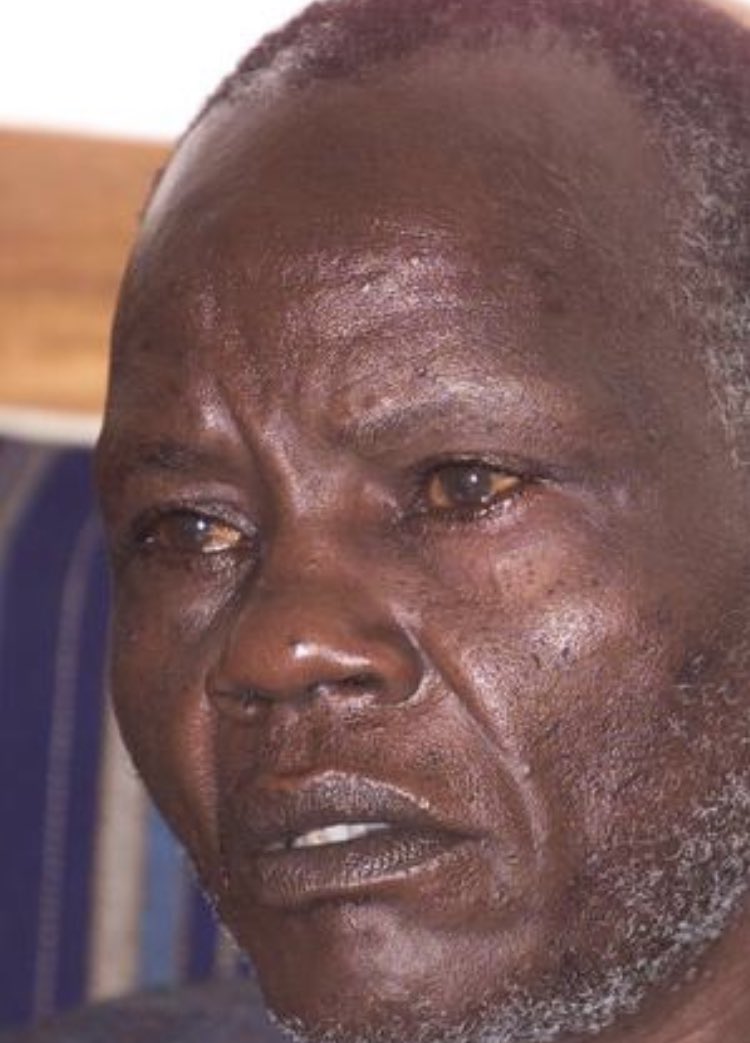
#HistoryKeThread: Sir Charles
———-
Soon after President Moi took over the reins of leadership of the Republic of Kenya in 1978, he released many detainees that his predecessor, Mzee Jomo Kenyatta, had sent to jail.
———-
Soon after President Moi took over the reins of leadership of the Republic of Kenya in 1978, he released many detainees that his predecessor, Mzee Jomo Kenyatta, had sent to jail.

In Parliament, outspoken Rift Valley MPs Koigi Wamwere and Jean Marie Seroney hailed the move by Moi to release the detainees.
In the same House, while demanding that landless former freedom fighters be compensated, Nyeri MP and Assistant Minister Waruru Kanja, once a Mau Mau himself, accused Attorney General Charles Njonjo and CID Chief Ignatius Nderi as the men behind the 1970s wave of detentions. 

In these early years of Moi’s presidency, Njonjo was deemed to wield considerable influence. Some said he helped Moi fight off powerful Kiambu Mafia to ascend to the presidency so he (Njonjo) could later take over.
Days after Kanja made the accusations against Njonjo, he was fired as an Assistant Minister. There was little doubt on many political observers that Njonjo was the one who engineered the sack.
Njonjo was also said not to be in good terms with Moi’s Vice President, Mwai Kibaki. Not only was he VP, the MP for Othaya was also in charge of the powerful Finance docket. 

Some believed that Kibaki was only warming the seat of Vice President for Njonjo, whose father, Josiah Njonjo, was a powerful chief in the colonial days.
As a young man, Njonjo underwent an affluent upbringing completely different from that of ordinary Kiambu rural folk.
As a young man, Njonjo underwent an affluent upbringing completely different from that of ordinary Kiambu rural folk.
It is said that he occasionally rode a horse to school, escorted by a servant. By his own admission, Njonjo tasted ugali for the first time when he was enrolled at Alliance High School.
This was a man who grew up to have a penchant for English culture and mannerisms. He married an English woman and regularly dressed in a three-piece suit and a watch chain. 

“Sir Charles Njonjo”, and “Duke of Kabeteshire”, he was nicknamed, although these titles were used by some reverently, by others derisively.
He had contempt for anyone who had poor application of the English grammar. Certainly, Vice President Kibaki wasn’t one of them.
Still, those two didn’t get along.
Still, those two didn’t get along.
And if Njonjo was to become VP, he needed, from a constitutional perspective, to become an MP.
In 1980, Njonjo clocked 60 years, thereby forcing him to retire as Attorney General. Just then, the MP of his native Kikuyu Constituency, Amos Ng’ang’a, resigned. Word was that he resigned to make way for Njonjo to take over as MP.
According to Charles Hornsby, author of the book “Kenya: A History Since Independence”, Ng’ang’a was paid KES 160,000 in cash as compensation.
That wasn’t all.
Ng’ang’a was afterwards appointed Chair of Tana River Development Authority.
In the weeks following Ng’ang’a’s resignation, there was going to be a by-election. Njonjo’s campaign manager was a little known young lawyer, himself also a native of Kikuyu, Kiambu.
His name? Step forward @Paul_Muite (l).
His name? Step forward @Paul_Muite (l).

But Muite’s services as campaign manager were however not necessary. See, Njonjo was elected unopposed, “the other candidates having decided to support him or suddenly obtained jobs elsewhere”, as Hornsby wrote.
Leaders from all walks of life congratulated Njonjo for being elected unopposed. Prominent exclusions on this list included former powerful Kiambu politicians like James Gichuru, as well as Vice President Mwai Kibaki.
On 20th June 1980, Moi reshuffled his cabinet and re-appointed Njonjo to the cabinet, only this time as a Minister for Home and Constitutional Affairs. In effect, Njonjo became responsible for the police, prisons and the judiciary. 

Three years after his appointment as Minister, Njonjo was ousted from the ruling party KANU and forced to resign, a victim of a purge carried out in the wake of the 1982 coup attempt against Moi’s administration.
Our best wishes of good health to Sir Charles, who is 101 years old this year.
📷 credits: Nation Media Group
Kenya Times
The Standard
Kenya Times
The Standard
• • •
Missing some Tweet in this thread? You can try to
force a refresh












